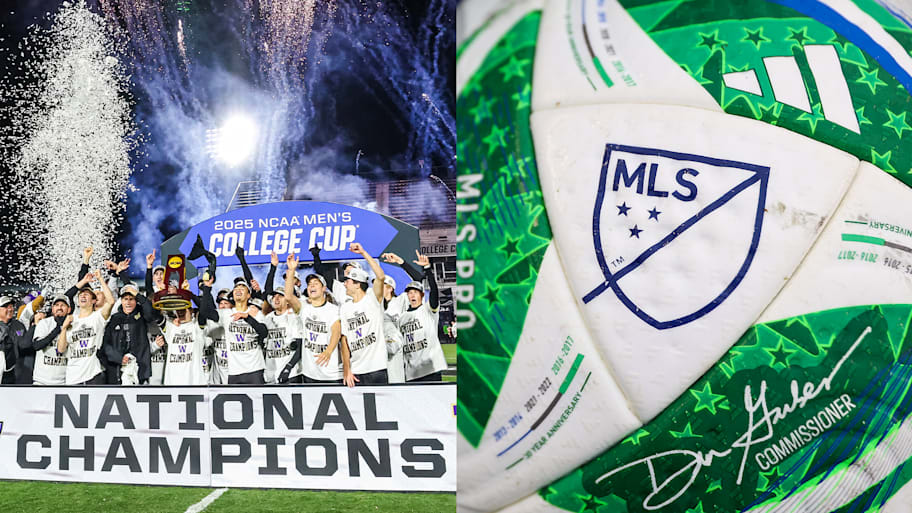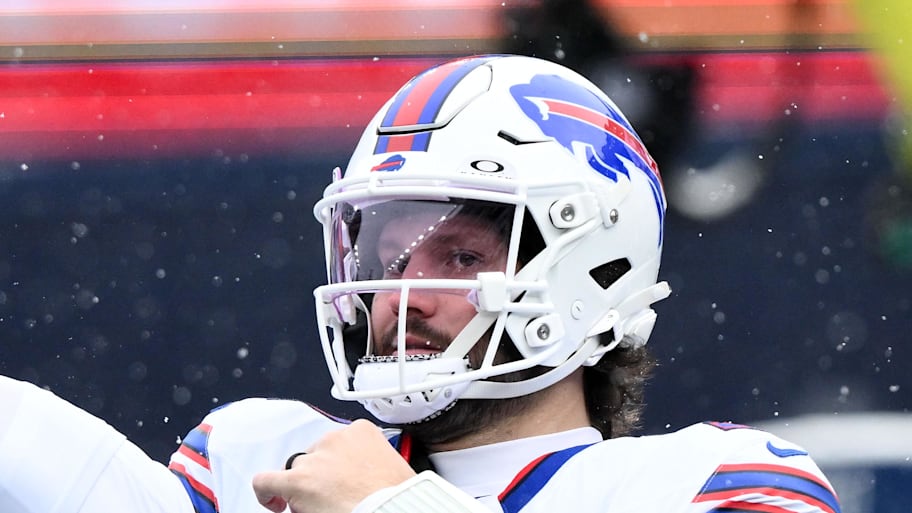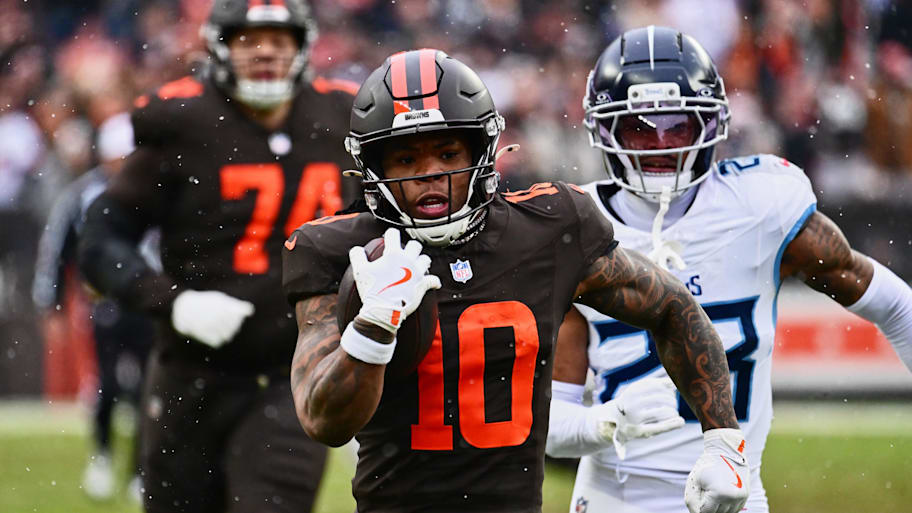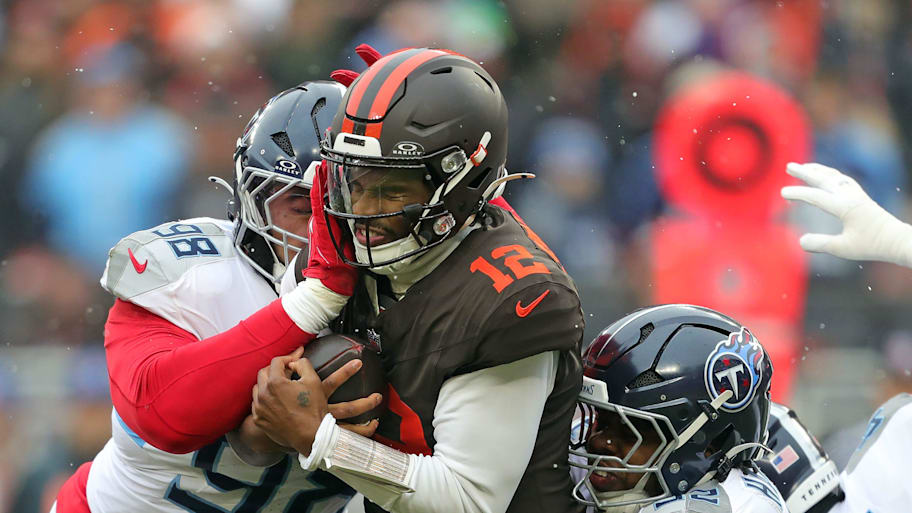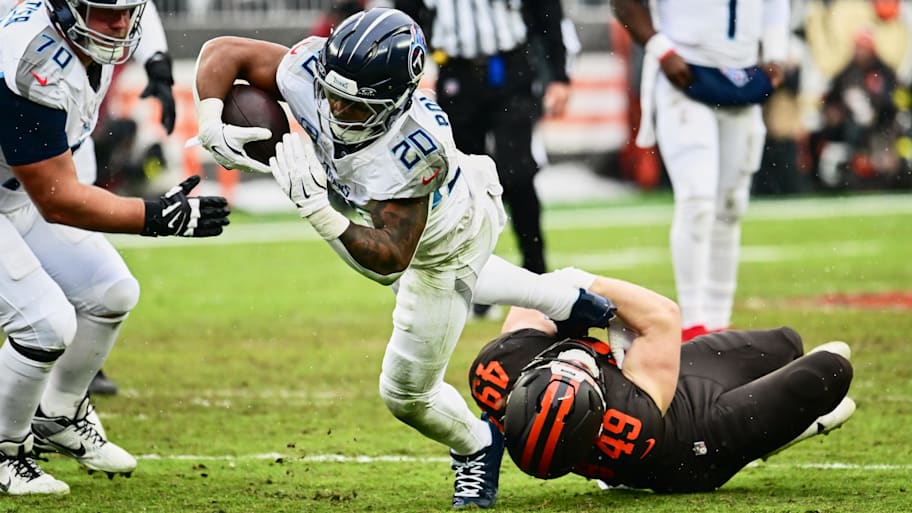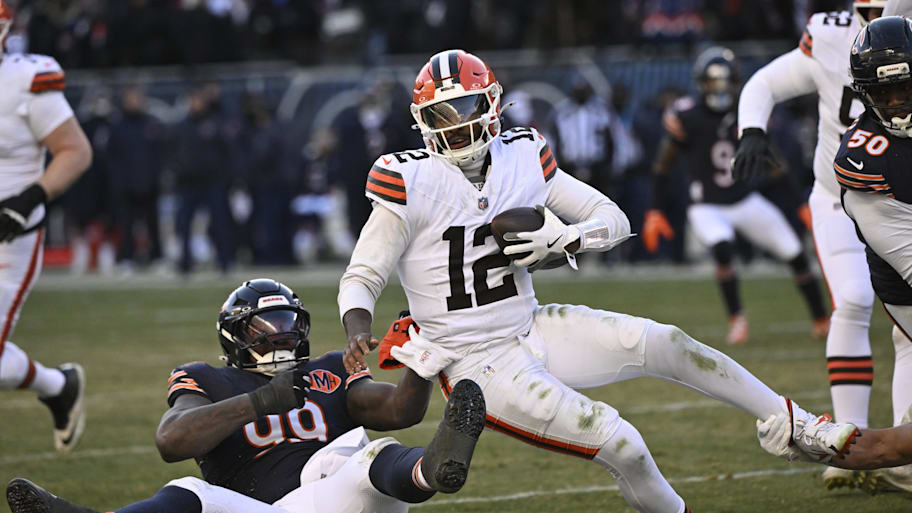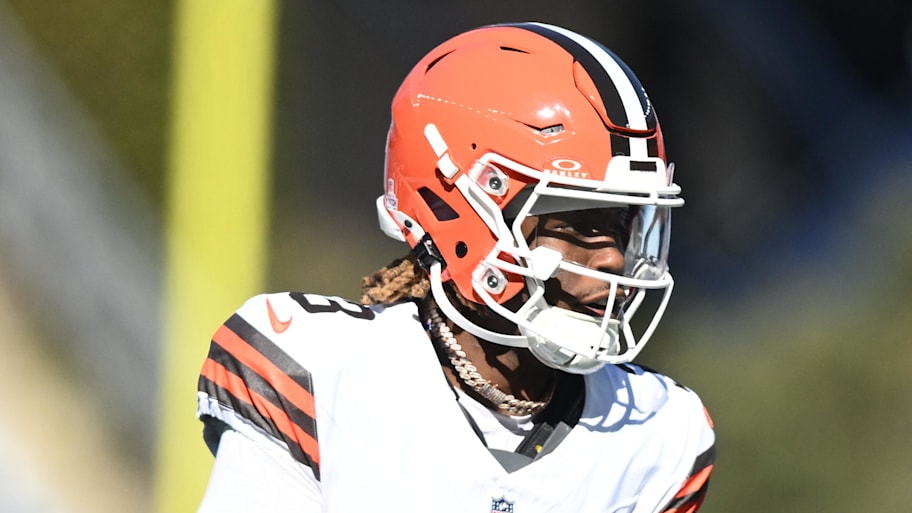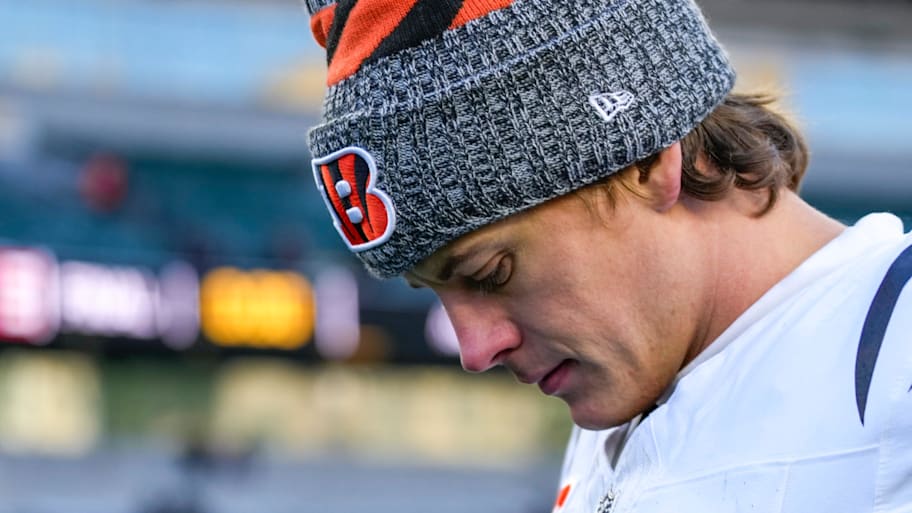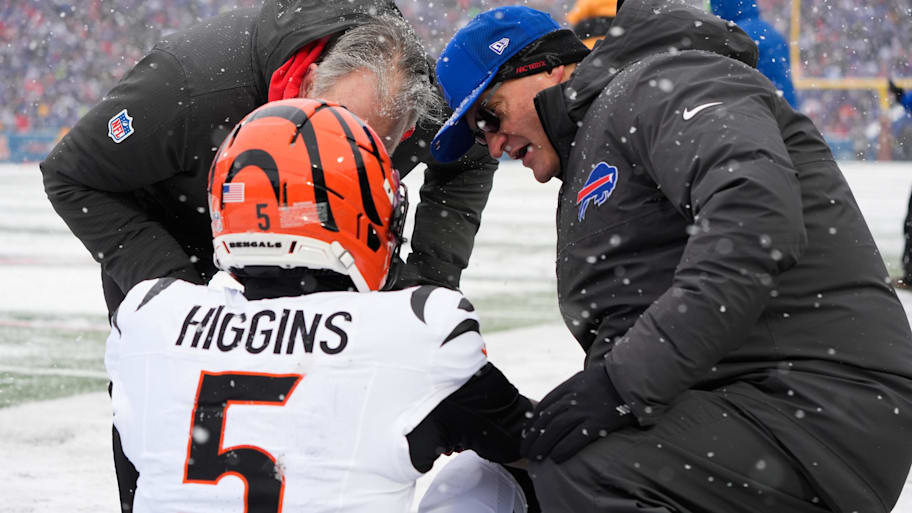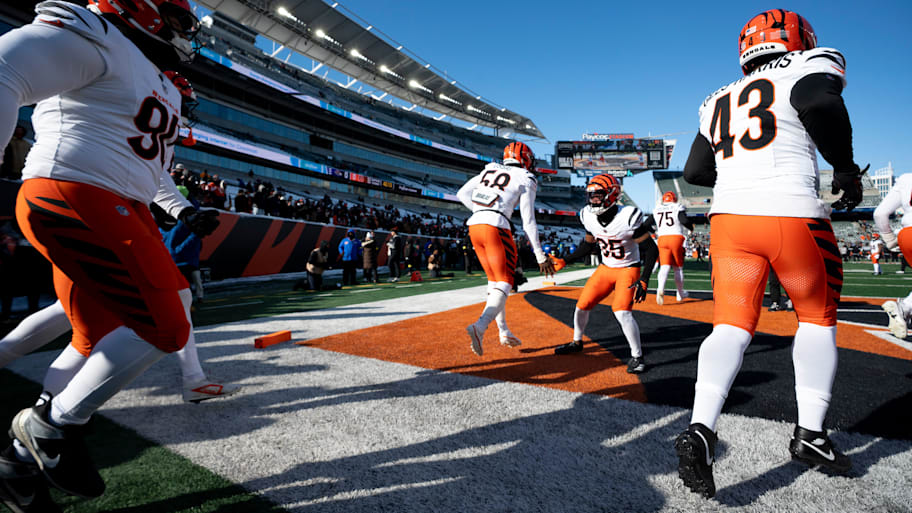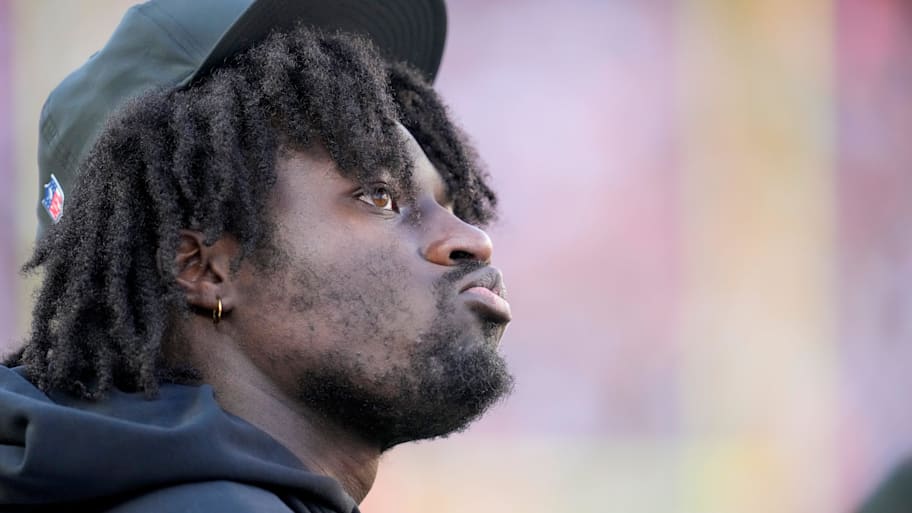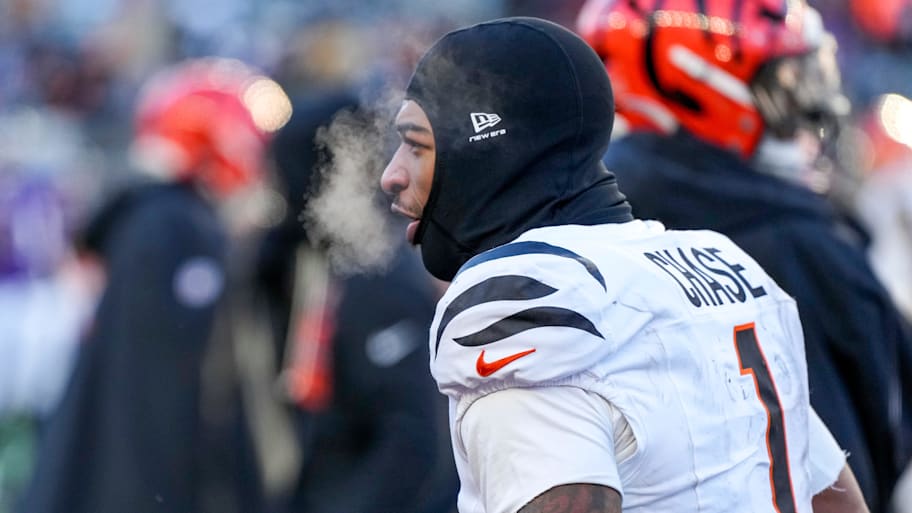COLUMBUS, Ohio (WCMH) — Ohio State Athletic Director Gene Smith says the Buckeyes plan to play Monday for OSU’s national championship game against Alabama despite reports of COVID-19 issues within the Buckeyes’ program.
COVID-19 protocols vary slightly between the Big Ten and SEC, and below is a breakdown of how each conferences handles the coronavirus.
The biggest differences between the conferences is the number of days a player must sit out after testing positive and the number of times a team has to test per week leading up to a game.
Although the SEC only requires testing three times a week, Alabama head coach Nick Saban said his team conducts daily testing.
Big Ten COVID-19 protocols
- A player who tests positive must sit out 17 days, a reduction from 21 days originally set in August
- Daily antigen testing for all practices and games
- Cardiac screening for players who test positive is required
- Cardiac testing includes labs/biomarkers, ECG, echocardiogram (EKG), and a cardiac MRI
- Test positivity rate and population positivity rate thresholds are used to determine recommendations for continuing or suspending practice and games
- Test positivity rate must not be higher than 5%
- Population positivity rate must not be higher than 7.5%
- Following cardiac evaluation, student-athletes must receive clearance from a cardiologist designated by the university
SEC COVID-19 protocols
- A player who tests positive must sit out 10 days
- Testing is required weekly during practice and three times weekly during competition periods
- Cardiac testing and a period of re-acclimation to exercise will be required prior to returning to full participation in sport
- Required cardiac testing includes an EKG, Serum Troponin level, and an Echocardiogram (ECHO)
- Campus-wide or local community positivity test rates that are considered unsafe by local public health officials will lead to games being suspended
- There is no percentage threshold for positivity rates like there is in the Big Ten
- 53 scholarship players are required to play a game









